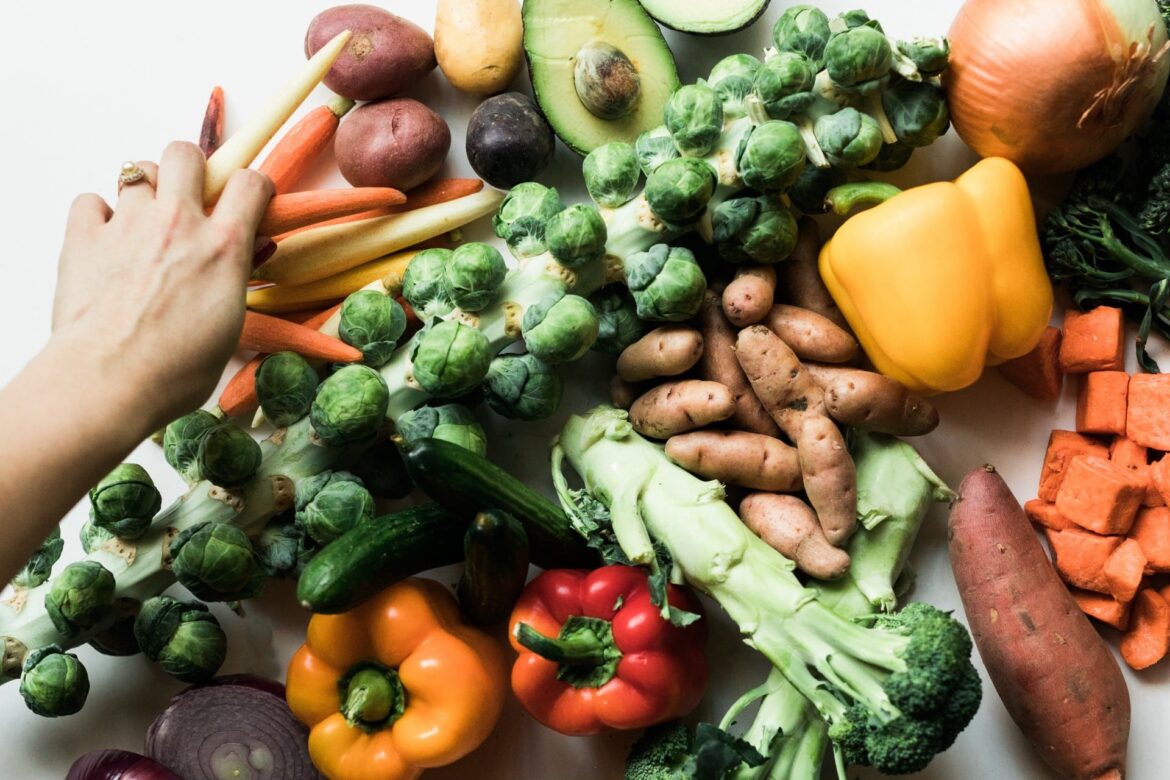By aiming to eat 30 plants per week, you can sustainably improve your diet. This approach not only promotes health, but also helps preserve the environment by supporting biodiversity. Discover the benefits of this diet and get practical tips on how to implement it in your everyday life.
Why 30 plants per week?
The “30 plants per week” rule is a dietary recommendation that encourages people to eat a variety of plant-based foods to promote good health, especially that of the gut microbiome. This includes not only vegetables and fruit, but also grains, nuts, seeds, legumes, herbs, and spices.
- A varied diet is essential for getting all the nutrients you need. A diverse diet with many different types of plants supports a diverse and healthy gut flora.
- Diversity means a wider range of vitamins, minerals, fiber, and phytochemicals that the body needs to function optimally.
- A healthy gut microbiome is closely linked to a strong immune system, as it reduces inflammation in the body and regulates the immune response.
- What are the 30 plants? Vegetables (e.g., tomatoes, cucumbers, carrots, spinach, cabbage), fruits (e.g., apples, bananas, berries, citrus fruits), legumes (e.g., lentils, beans, chickpeas), whole grains (e.g., oats, quinoa, rice, whole grain bread), nuts and seeds (e.g., almonds, sunflower seeds, walnuts), herbs and spices (e.g., parsley, basil, oregano, cinnamon, ginger), fermented foods (e.g., yogurt, sauerkraut, kimchi).
How can you incorporate 30 plants per week into your diet?
Switching to a diet with 30 plants per week doesn’t have to be a challenge. With a few simple tips, you can easily integrate it into your everyday life.
- Start with a weekly plan. Write down which fruits and vegetables you already consume regularly and gradually add new varieties to this plan.
- Use seasonal and regional products. This not only ensures freshness and quality, but also supports local farmers and reduces your ecological footprint.
- Incorporate different types of plants into your daily meals, e.g. through colorful salads, vegetable stir-fries, legume soups, or smoothies.
- Use herbs and spices generously to enrich the flavor of your dishes while increasing plant diversity.
- It is not necessary to eat large amounts of each plant. Even small amounts can contribute to diversity. Keep a list or use an app to track your plant diversity for a week.
What are the advantages and disadvantages of this diet?
Any change in diet has both advantages and disadvantages. It is important to consider both sides in order to make informed decisions.
- One of the advantages is definitely improved health. A varied plant-based diet can reduce the risk of chronic diseases such as cardiovascular disease and certain types of cancer.
- One possible disadvantage could be the extra time needed for planning and preparation. However, once you have found a routine, you will hardly notice the extra effort.
- The cost of such a diet may seem higher at first. However, in the long term, you can save money by buying seasonal products and avoiding processed foods.
- For some people, the change is challenging, especially if they are used to a heavily meat-based diet. In this case, it can be helpful to take small steps and celebrate small successes.
- The 30-plant rule is a recommendation, not a strict rule. It can also be referred to as the “diversity diet” because it emphasizes variety in the diet and can be a good complement to the “5 a day” rule, which refers to the daily intake of fruits and vegetables.
Practical tips for a successful transition
To get the most out of your new diet, there are a few practical tips to keep in mind.
- Keep a food diary. This will help you keep track of the variety in your diet and document your progress.
- Invite friends and family to join you. It’s more fun to try new recipes and share experiences together.
- Be patient with yourself. Change takes time, and it’s important to set realistic goals. Perhaps start with 20 plants and gradually increase the number.
- Get inspiration from cookbooks or online recipe platforms that focus on plant-based cuisine. You will often find innovative ideas that are easy to implement.

